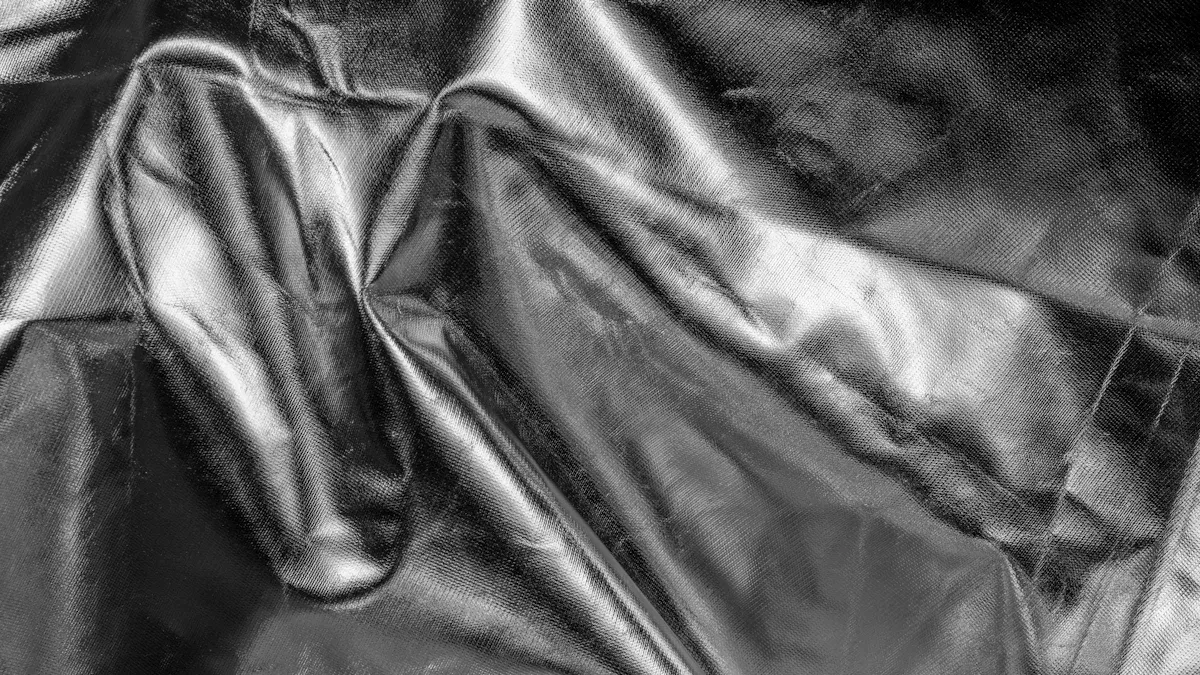What is PET release film?
I see PET release film as a key material in many industries. It is a polyester film coated with silicone or other release agents. The main job of PET release film is to act as a release liner. This means it prevents sticky materials from bonding to surfaces during processing. I use PET release film for its reliability and clean removal. Many companies, including DEHUI film, supply PET release films to meet different needs.

Key Points
- PET release film prevents sticky materials from bonding and allows easy, clean removal during processing.
- It offers strong durability, clear transparency, and resists high temperatures up to 200°C for reliable use.
- Common uses include adhesives, labels, electronics, automotive parts, die-cutting, and medical packaging.
- Different types like silicone-coated, non-silicone, and thermal release films fit various needs and avoid contamination.
- Proper storage and choosing the right film thickness and coating ensure the best performance and longer shelf life.
PET Release Film Features

Strength and Durability
I always look for materials that can handle stress and pressure. PET release film stands out because of its high tensile strength. I have seen it resist tearing and stretching even during demanding processes. This strength comes from the polyester base, which gives the film a solid structure. I trust PET release film when I need a liner that will not break or deform easily. The durability also means I can use it in applications that require repeated handling. I often recommend it for projects where reliability matters most.
Clarity and Stability
Clarity is another feature I value in PET release film. The film offers excellent transparency, which helps me inspect the materials underneath without removing the liner. I find this useful in quality control and precision work. Dimensional stability is just as important. PET release film keeps its shape and size, even when exposed to stress or temperature changes. I do not worry about warping or shrinking. This stability ensures consistent performance in every application.
Tip: I always check the surface smoothness of PET release film. A smooth surface helps with clean release and prevents defects in the final product.
Temperature Resistance
I often work in environments where temperature changes quickly. PET release film performs well in both high and low temperatures. The polyester base resists heat, and the silicone or non-silicone coatings enhance this resistance. I have used PET release film in processes that reach up to 200°C without any issues. The film does not melt or lose its release properties. This makes it a reliable choice for industries like electronics and automotive, where temperature resistance is critical.
Applications

Adhesives and Labels
I often use PET release film in the adhesives and labels industry. This film acts as a backing liner for pressure-sensitive adhesives. I find it essential when producing stickers, tapes, and labels. The film prevents adhesives from sticking to unwanted surfaces. I can peel it away cleanly, which helps during application. Many manufacturers rely on PET release film for transfer foils and double-sided tapes. I see it as a standard in label production because it keeps the adhesive layer protected and easy to handle.
Note: PET release film ensures that labels stay flat and do not curl during storage or transport.
Electronics and Automotive
I work with electronics and automotive components that demand high precision. PET release film plays a big role here. I use it as a carrier for electronic parts, such as ceramic capacitors and flexible circuits. The film provides a stable surface during assembly. In automotive manufacturing, I apply it for mold release and protective liners. The film resists heat and chemicals, which makes it suitable for harsh environments. I trust it to keep sensitive parts safe and clean.
Die-Cutting and Industrial Use
I often recommend PET release film for die-cutting and other industrial processes. The film supports materials during cutting, stamping, or laminating. I use it as a release liner for gaskets, seals, and medical patches. The smooth surface allows for precise cuts and easy removal. Many packaging companies also choose PET release film for its reliability. I see it used in everything from medical device assembly to specialty packaging.
- Main industries using PET release film:
- Adhesives and labels
- Electronics
- Automotive
- Die-cutting
- Medical
- Packaging
Types of PET Release Film
Silicone-Coated
I often choose silicone-coated PET release film for its excellent release properties. The silicone layer creates a smooth surface that allows adhesives and other sticky materials to peel away easily. I notice that this type works well in most applications, especially when I need a reliable and consistent release. Many of my clients in the label and tape industries prefer silicone-coated films because they reduce the risk of residue and defects.
Non-Silicone
Sometimes, I need a release film that does not use silicone. Non-silicone PET release film offers a good alternative. I use it when silicone contamination could cause problems, such as in electronics or medical products. These films use special coatings that still provide a clean release. I find them helpful when I want to avoid any risk of silicone transfer to sensitive surfaces.
Thermal Release
Thermal release PET release film gives me more control during processing. This type holds materials in place until I apply heat. When I heat the film, it loses its adhesion and releases the product cleanly. I use thermal release films for delicate electronic parts and precision die-cutting. They help me handle complex assemblies without damaging the components.
Thickness and Color Options
I can select PET release film in many thicknesses and colors. Thicker films give me more strength and stability, while thinner films offer flexibility. I often choose clear films for easy inspection, but I also use white or colored films for special projects. Many suppliers, including DEHUI film, offer custom options to match my exact needs.
Tip: I always check the thickness and color before ordering to make sure the film fits my application.
Handling and Storage
Storage Tips
I always make sure to store my release films in a clean, dry place. I keep them away from direct sunlight and heat sources. I use racks or shelves to keep the rolls off the floor. This helps prevent dust and moisture from damaging the film. I also avoid stacking heavy objects on top of the rolls. When I handle the film, I wear clean gloves to avoid fingerprints or dirt. I find that proper storage keeps the film smooth and ready for use.
Tip: I always check the storage area for temperature and humidity. I keep the temperature between 15°C and 30°C and the humidity below 60%. This helps maintain the film’s quality.
Shelf Life
I pay close attention to the shelf life of my release films. Most films last up to one year if stored correctly. I always check the manufacturer’s guidelines for exact shelf life. I use older stock first to avoid waste. I also inspect the film before use. If I see any signs of curling, discoloration, or loss of release properties, I do not use that roll. Good storage habits help me get the most out of every roll.
Choosing the Right Film
I always match the film to my project’s needs. I look at thickness, coating type, and color. I talk to my supplier if I need help choosing. I consider the environment where I will use the film. For high temperatures, I pick a film with strong heat resistance. For sensitive products, I choose a film with low contamination risk. I always test a small sample before starting a big job. This helps me avoid problems and ensures the best results.
I see PET release film as a reliable solution for many industries. It offers strength, clarity, and temperature resistance. I use it in labels, electronics, and die-cutting. I can choose from different coatings and thicknesses to fit my needs. I trust this film for its clean release and stable performance. If you want a dependable release liner, I recommend contacting DEHUI film for expert support.
FAQ
What is the main purpose of PET release film?
I use PET release film to prevent adhesives or sticky materials from bonding to surfaces. It acts as a barrier and allows for easy removal during manufacturing or assembly.
Can I recycle PET release film?
I check local recycling guidelines before disposing of PET release film. Some facilities accept it because it is polyester-based. I always try to recycle when possible.
How do I choose the right PET release film for my project?
I consider thickness, coating type, and temperature resistance. I talk with my supplier about my needs. I test samples before making a final choice.
Does PET release film work with all adhesives?
I find that PET release film works with most adhesives. I always test it with my specific adhesive to make sure it releases cleanly and does not leave residue.